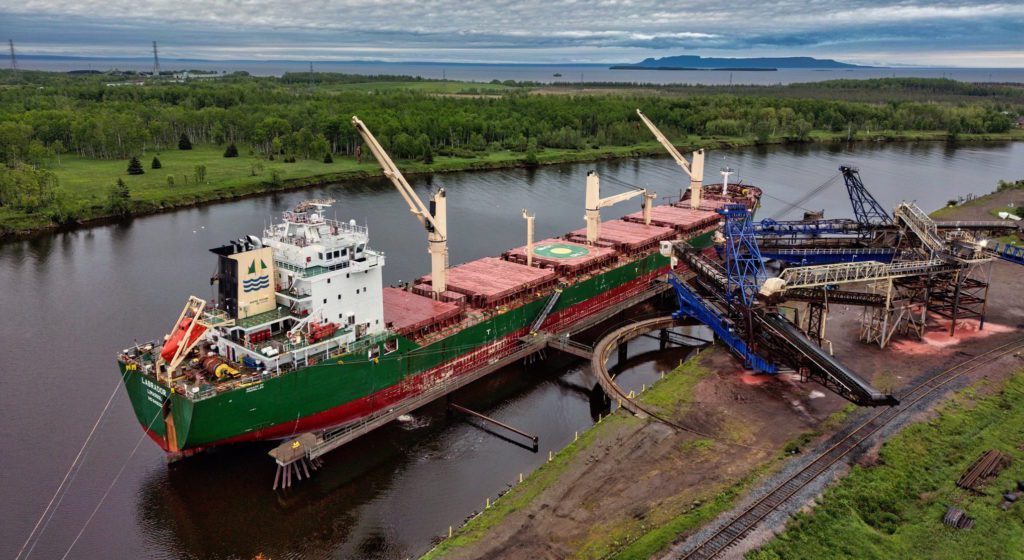Port of Salalah and FECO of Salalah – Oman, signed an agreement recently to pave the way for Salalah to become one of the leading bunkering hubs in the region.
FECO has already commenced its operations in Salalah effective June 2022. Having stationed the M/T “Sea Dweller” at Salalah, FECO is already supplying bunkers by ship-to-ship transfer, ex pipeline and by road tankers. With the implementation of IMO regulations, the demand for low sulphur fuel has increased, however ship owners are challenged by its supply in the region, FECO intends to offer fuel of various types and grades while the ship is visiting the port as well as at the anchorage apart from using the Salalah capacity for storage and bunker trading.
The principals of FECO have vast experience in physical bunkering operations which span over 22 years. Furthermore, FECO and its principals have been providing bunkering vessels and running bunkering terminals for Oil Majors (including the Salalah bunkering facility) for over 20 years. FECO is a customer-oriented company providing the best quality fuels in the world at most competitive prices resulting from a low cost and highly efficient operation.

Source: Port of Salalah
Salalah, geographically located in the most significant spot in the busiest East West shipping route is ambitious of offering bunkering as a value-added service not only for the ships visiting the Port but also for the ships plying in this route. With this objective in mind Port of Salalah invited international tenders in November 2021, for its tank farm which has a storage capacity of 100000 MT of liquid fuel, through a competitive bidding process and subsequent evaluation culminated in finalising the deal in April 2022.
“We are excited at this partnership with Port of Salalah and we hope to expand our presence in the region and are confident of being able to offer bunkering at very competitive pricing to a wide range of customers visiting the Port of Salalah and off Salalah” says Ioannis Koilakos, Partner and Director of FECO.
Source: Port of Salalah







